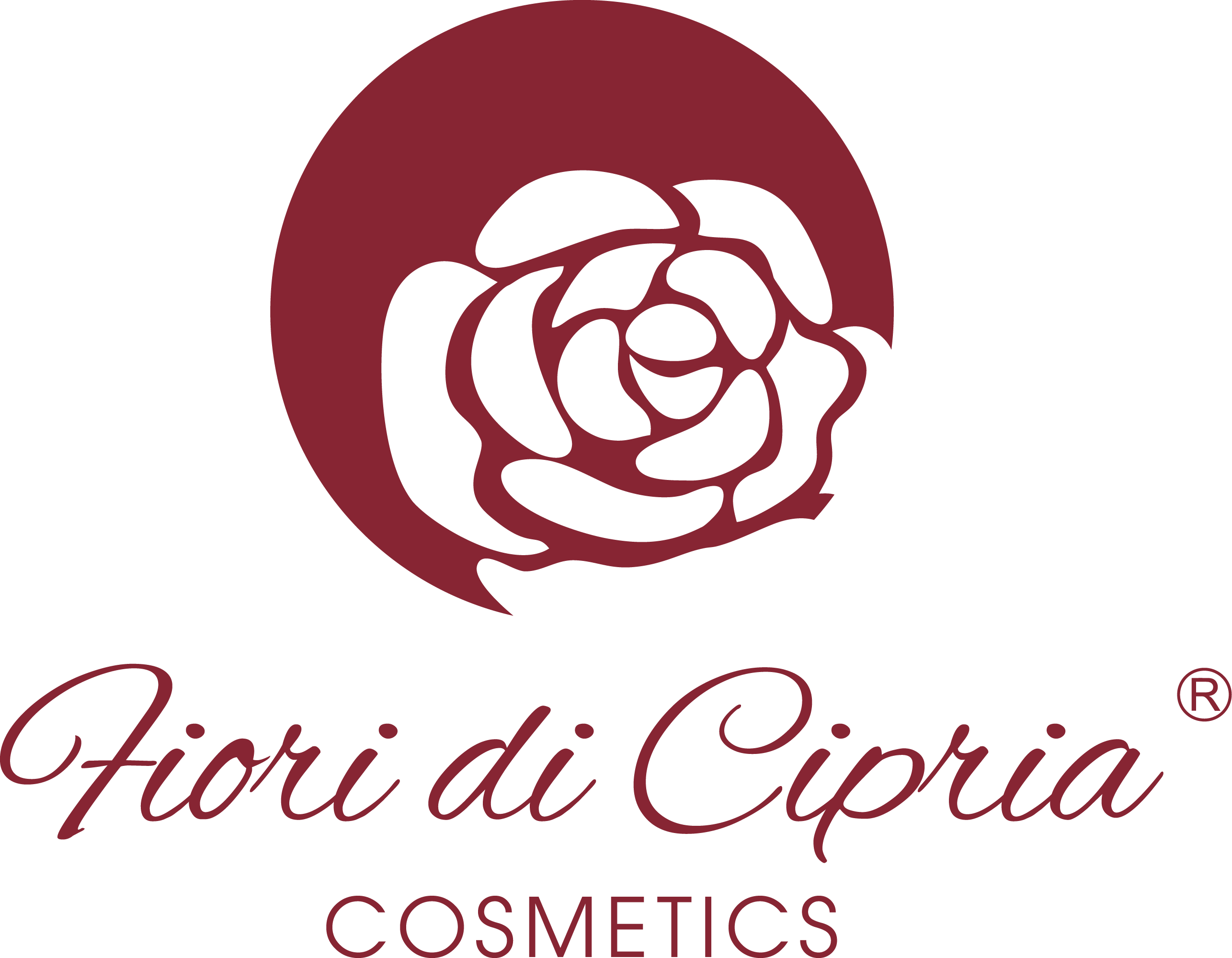Stretch marks, once regarded as cosmetic flaws to be hidden, are gaining new acceptance and appreciation as distinctive features and unique details of each body .
These streaks on the skin, which can vary in color and texture, tell personal stories and bear witness to experiences such as motherhood or physical transformation. Entertainment and fashion celebrities have helped to dispel taboos, openly showing their stretch marks without resorting to filters or hiding them.
Despite this new awareness and embrace of inclusive beauty, it's important to remember that stretch marks aren't simply things to color or proudly display. In reality, they are dermatological lesions of the atrophic-inflammatory type, which occur as a result of skin tearing. Therefore, they require constant attention and appropriate care to prevent their appearance and reduce their visibility.
Here are some useful tips to prevent and reduce stretch marks:
Stretch marks are a common condition that can be influenced by genetic factors, affecting both men and women. These streaks on the skin often occur on areas such as the buttocks, breasts, hips, and abdomen .
To prevent the formation of stretch marks and reduce those that have just appeared, it is necessary to adopt a comprehensive approach that includes a healthy lifestyle and the use of specific products.
Balanced nutrition
A balanced diet rich in fruit and vegetables provides the body with essential nutrients to keep the skin healthy and supple. Foods such as citrus fruits, kiwis, carrots, spinach, and omega-3-rich fish promote collagen production and improve skin elasticity.
Adequate hydration
Drinking enough water each day is essential to keep your skin hydrated and help prevent stretch marks from forming. Water helps improve skin elasticity and its ability to regenerate.
Moderate weight changes
Drastic changes in body weight can increase the risk of developing stretch marks. Try to maintain a stable weight through a combination of healthy eating and regular physical activity. Consult a health professional for a personalized plan if needed.
Specific creams and products
Using anti-stretch mark creams, lotions, and oils can help improve skin elasticity and reduce the appearance of stretch marks. Choose products that contain effective ingredients such as hyaluronic acid, vitamin E, rosehip oil and gotu kola. Apply these products regularly to risk areas, such as the buttocks, breasts and abdomen, massaging gently to promote absorption.
Sun protection
Prolonged exposure to UV rays can weaken the collagen fibers in your skin, making you more likely to develop stretch marks. Always apply a broad-spectrum sunscreen with a high SPF when out in the sun.
Massages and exercises
Massaging areas prone to stretch marks can help improve blood circulation and promote collagen and elastin production. Additionally, targeted exercises to strengthen and tone your muscles can help keep your skin more supple.
What is the difference between red, purple and white stretch marks?
Stretch marks can come in various phases and colors, offering important information about their type and the treatment strategies to adopt. Understanding the differences between red, purple and white stretch marks is essential to correctly recognize them and take the right countermeasures.Red or purplish stretch marks represent the initial stage of this skin problem. These streaks appear as a sign of skin inflammation and are sometimes accompanied by a slight itch. During this stage, stretch marks are still young and may respond well to treatments. The application of specific creams can help reduce the appearance of stretch marks and promote their reabsorption. It is essential to intervene promptly, when stretch marks are still in this initial stage, to reduce their appearance and facilitate their reabsorption.
White stretch marks , on the other hand, indicate a more advanced stage of the problem. They occur when elastic fibers in the dermis, the deepest layer of skin, have broken or torn. Unlike red or purplish stretch marks, white stretch marks are more difficult to treat as they have become permanent. Their white coloring is a result of loss of pigmentation in the affected area.
It is important to keep in mind that white stretch marks cannot be completely eliminated, but it is possible to improve their appearance and make them less visible. Using specific moisturizers and treatments can help improve skin elasticity and texture, although white stretch marks are unlikely to disappear completely.

